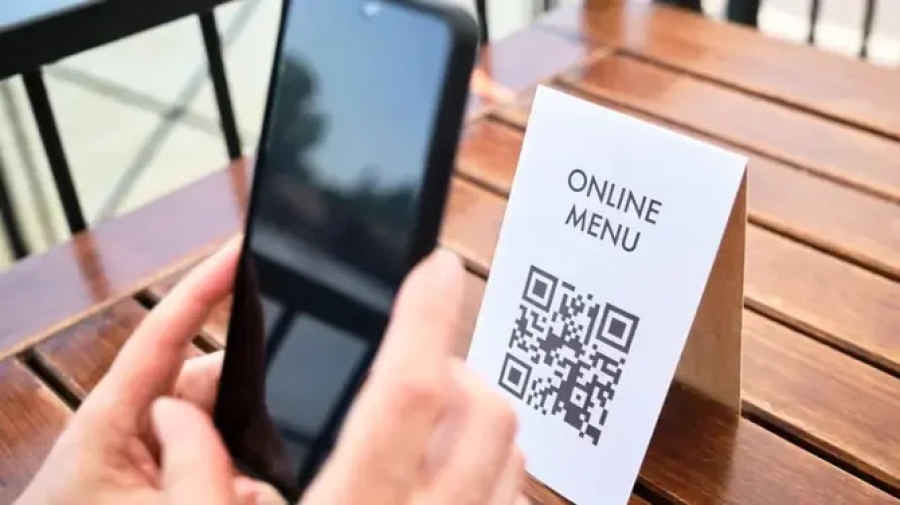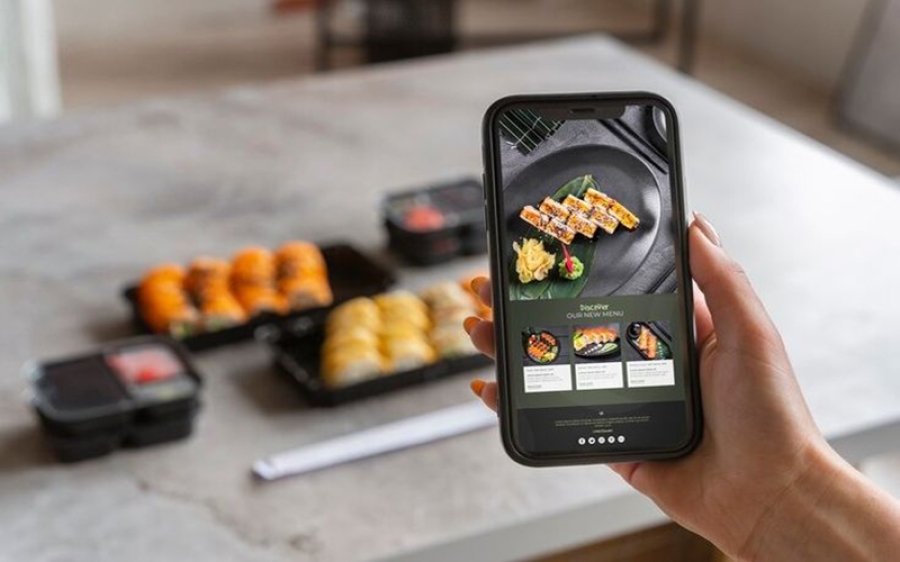Restaurant QR Codes: The Pros and Cons
Introduction:
In today's digital world, technology is revolutionizing the way we do things, including how we dine out at restaurants. One of the latest trends in the restaurant industry is the use of QR codes. These small, square barcodes are popping up on tables, menus, and even food packaging. But what are the pros and cons of using QR codes in restaurants? Let's take a closer look.
Pros of Using Restaurant QR Codes
Contactless Menu Access: One of the main advantages of using QR codes in restaurants is the ability to provide customers with a contactless way to access menus. This is particularly important in the current climate, where hygiene and safety are top priorities for diners.
Enhanced Customer Experience: QR codes can provide diners with additional information about menu items, such as nutritional information, allergen details, and even recipe videos. This can enhance the overall dining experience and make it more interactive for customers.
Easy Ordering and Payment: With QR codes, customers can easily place their orders and make payments directly from their smartphones. This can streamline the ordering process, reduce wait times, and increase efficiency for both customers and restaurant staff.
Cost-Effective Solution: Implementing QR codes in restaurants is a cost-effective solution compared to traditional printed menus and promotional materials. Restaurants can easily update menu items, promotions, and offers without the need to reprint materials.
Marketing Opportunities: QR codes can also be used as a marketing tool to engage customers and promote loyalty programs, discounts, and special offers. Restaurants can track customer engagement and gather valuable data for targeted marketing campaigns.
Cons of Using Restaurant QR Codes
Accessibility Concerns: Not all customers may have smartphones or the ability to scan QR codes, which can lead to accessibility issues for some diners. Restaurants must ensure alternative options are available for customers who cannot access QR code menus.
Technical Difficulties: QR codes rely on technology, which means there is a risk of technical difficulties such as poor internet connection, scanning errors, or device compatibility issues. These issues can frustrate customers and disrupt the dining experience.
Privacy and Security Risks: There are privacy and security concerns associated with scanning QR codes, as they can potentially track personal data or be used for malicious activities. Restaurants must ensure data protection measures are in place to safeguard customer information.
Lack of Personalization: While QR codes can provide additional information and convenience, they may lack the personal touch that comes with interacting with restaurant staff. Some customers may prefer a more personalized experience that QR codes cannot replicate.
Dependence on Technology: Relying too heavily on QR codes can make restaurants vulnerable to technological failures or disruptions. It is important for restaurants to have backup plans in place in case of QR code malfunctions or other technical issues.
7 Tips for Optimizing QR Code Menus:
Strategic Placement
Position QR codes prominently within the restaurant. Consider placing them on tables, menus, or even walls.
Ensure good visibility and lighting for easy scanning.
Clear Instructions:
Accompany the QR code with simple instructions. For example: “Scan to view our menu.”
Some diners may not be familiar with QR codes, so guide them through the process.
Responsive Design:
Optimize your digital menu for various devices. Test it on different smartphones and tablets.
Ensure that fonts, images, and layout adapt seamlessly to different screen sizes.
Visual Appeal:
Use high-quality images of dishes to entice customers.
Well-presented visuals can influence ordering decisions.
Categorize Effectively:
Organize menu items logically. Group appetizers, mains, desserts, etc.
Consider adding filters (e.g., vegetarian, gluten-free) for easy navigation.
Interactive Elements:
Beyond the basic menu, incorporate interactive features.
Include links to chef’s specials, wine pairings, or behind-the-scenes videos.
Feedback Loop:
Encourage diners to provide feedback via the QR code menu.
Add a link to a feedback form or a review platform.
In conclusion, the use of QR codes in restaurants comes with both benefits and drawbacks. While QR codes can enhance the dining experience, improve efficiency, and provide marketing opportunities, they may also pose accessibility, technical, privacy, and personalization challenges. Restaurants must carefully weigh the pros and cons of using QR codes and ensure they are implemented thoughtfully to provide a seamless and enjoyable experience for all customers.








